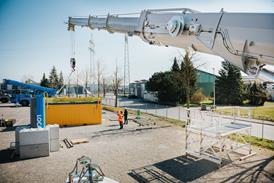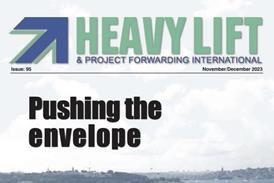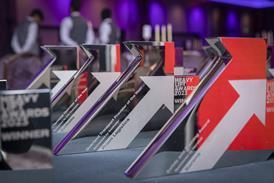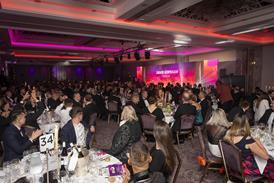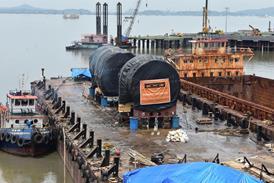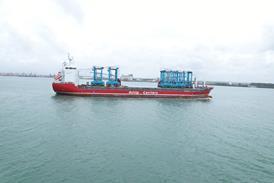The third ESTA and FEM Experts Summit, held in Hamburg on March 6, brought together industry speakers from across the wind energy supply chain to discuss the safety and standards in onshore wind farm construction.
With the support of VDMA Power Systems, the summit was organised by the European association for abnormal road transport and mobile cranes (ESTA), and the European Materials Handling Federation (FEM).
The rapid expansion of the onshore wind sector, coupled with greater hub heights and ongoing cost pressures for all those involved, has resulted in growing concern about safety during transportation and erection of wind turbines, said FEM and ESTA.
The summit aims to improve communication throughout the wind energy industry supply chain to work on best practise guidelines and create a safer, more efficient industry.
The conference welcomed speakers from across the sector including VDMA, GE Renewable Energy, FEM, ESTA, BMS Heavy Cranes, Siemens Gamesa Renewable Energy, Tii Group, BSK, Liebherr, and Electricity Supply Board Generation and Wholesale Markets (ESB GWM) Asset Development.
David Collett, president of ESTA and managing director of Collett & Sons, said: "Everyone is holding a piece of the puzzle. The art is putting the pieces together, and only then will we have a clear picture of how to move forward.
"Everyone [from across the wind energy supply chain] needs to pull on the rope together and in the same direction to form a united front in the industry."
Michael O'Grady, health and safety manager at Ireland's ESB GWM, added: "[The OEMs] have to be designing turbines that can be safely transported and installed.
"Supply chain partners need to be involved with the factories and designers at the early stages. The people who know how it can be transported safely should be in these talks."
The work of the previous summits have led to a working group with VDMA to establish best practise guidelines, using a document produced by the German heavy haulage association, BSK, as a baseline, as well as discussions on how to enforce and action it.
The conference also brought to the forefront the need for innovations in how turbines will be transported and installed in the future, including the possibility of producing the turbine blades in segments, utilising tower cranes for the installation, and even the possibility of transporting the components using airships.




